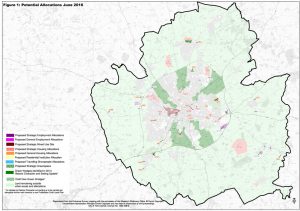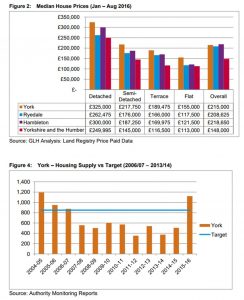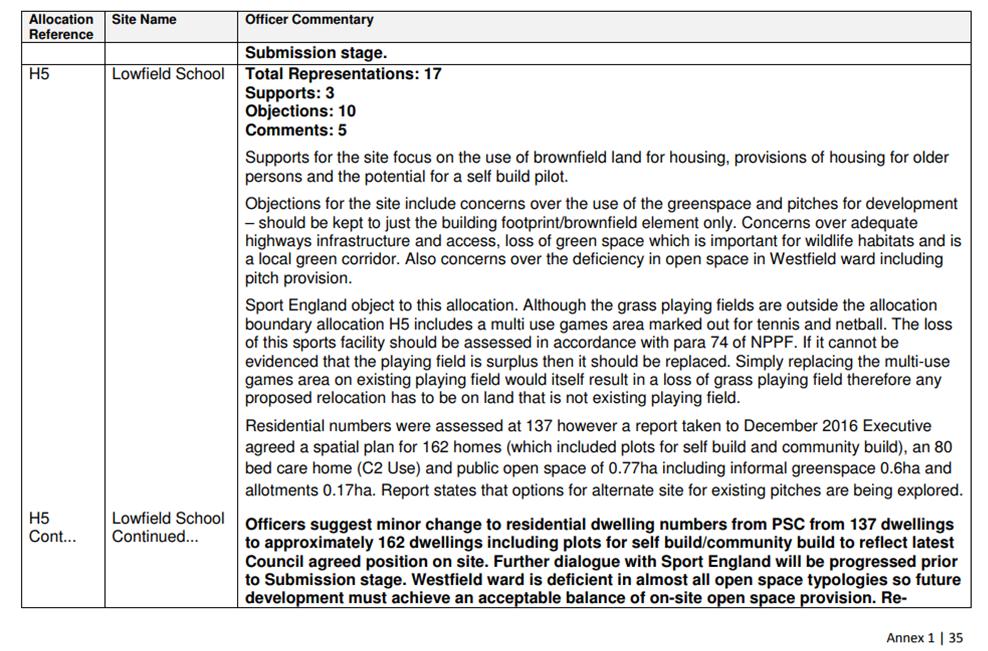The Council has published several development plan proposals for the Newbury Avenue garage area site over the last few years. LibDem Councillors successfully resisted the plan to erect a block of flats feeling that this would simply add to existing traffic and parking problems in the area.
The design also interfered with open views of Hob Moor.
The Council has now come up with, what they hope will be, a final design for the area. The number of bungalows has been reduced to 5. Any plans will be put before the planning committee. Residents will be able to formally object to (or support) the proposals.
The plans will be on display at the Indoor Bowls Club on Thanet Road before the Ward meeting which is taking place on Tuesday at 6:30pm. Affected residents are being invited to come along to view them and ask questions.
At the moment the project is suspended as existing parking problems need to be addressed before any more traffic is introduced into the area. Sites for additional parking have been identified and Councillors await proposals from Council officials on timescales, funding etc.
One of the possibilities is a lay-by outside the existing flats in Newbury Avenue (10 –16)
It is unlikely that the plans will be progressed to the planning stage much before next year.
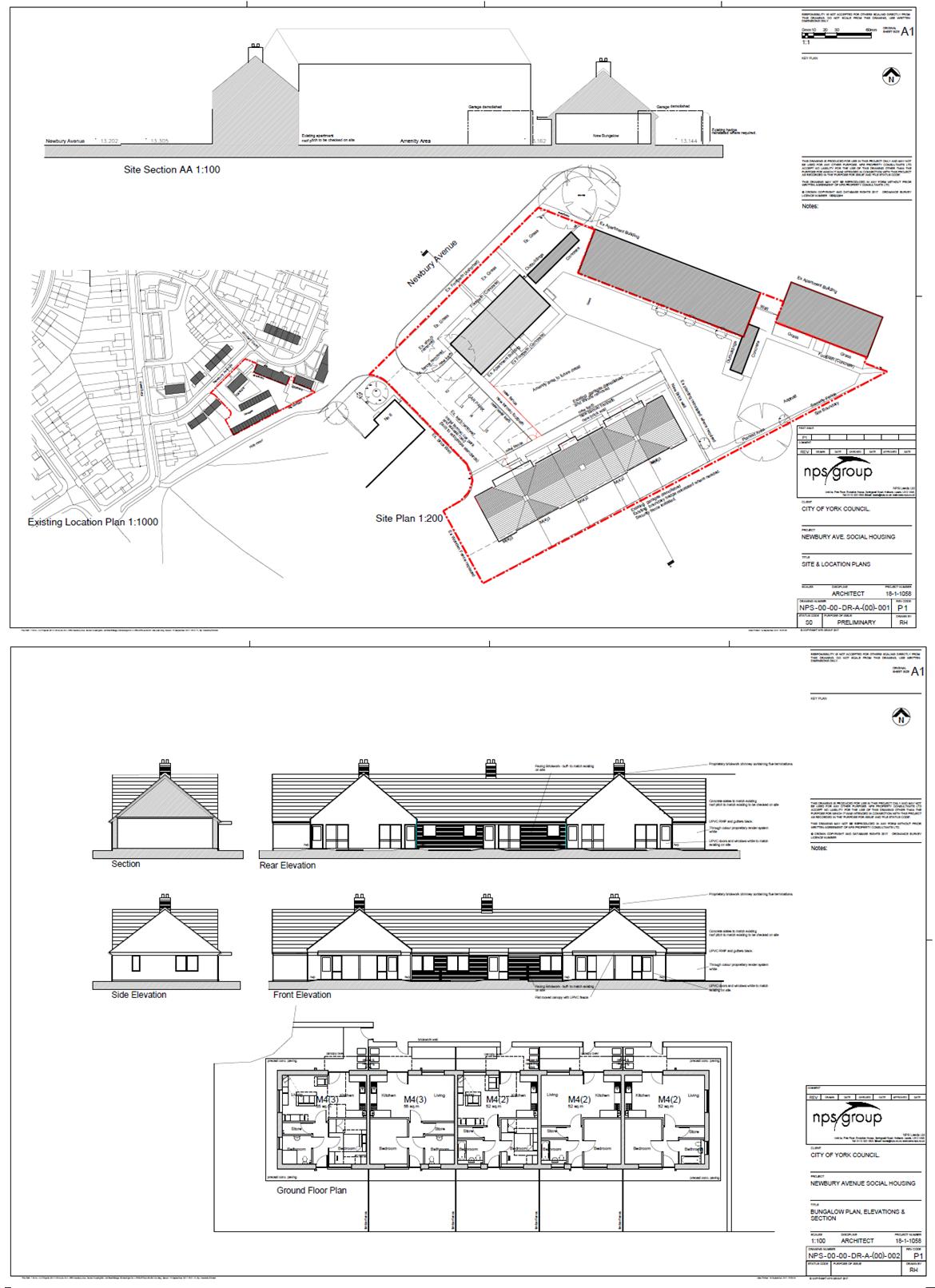


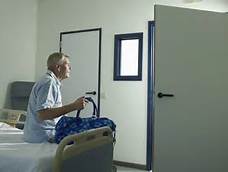 The Care Quality Commission (CQC) is reviewing the York health and social care system and delayed transfers of care.
The Care Quality Commission (CQC) is reviewing the York health and social care system and delayed transfers of care.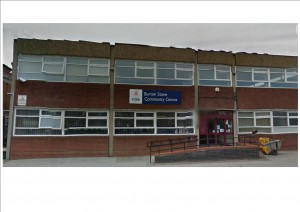
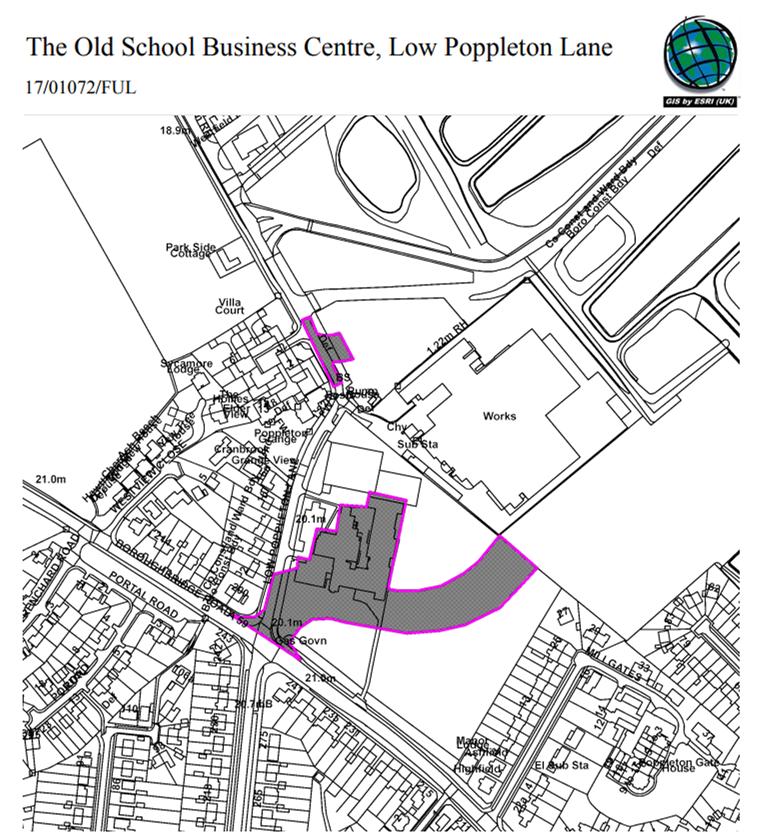
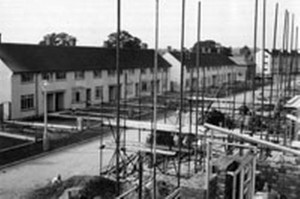 In 2015/2016 the median waiting time for a property from the housing waiting list was 259 days
In 2015/2016 the median waiting time for a property from the housing waiting list was 259 days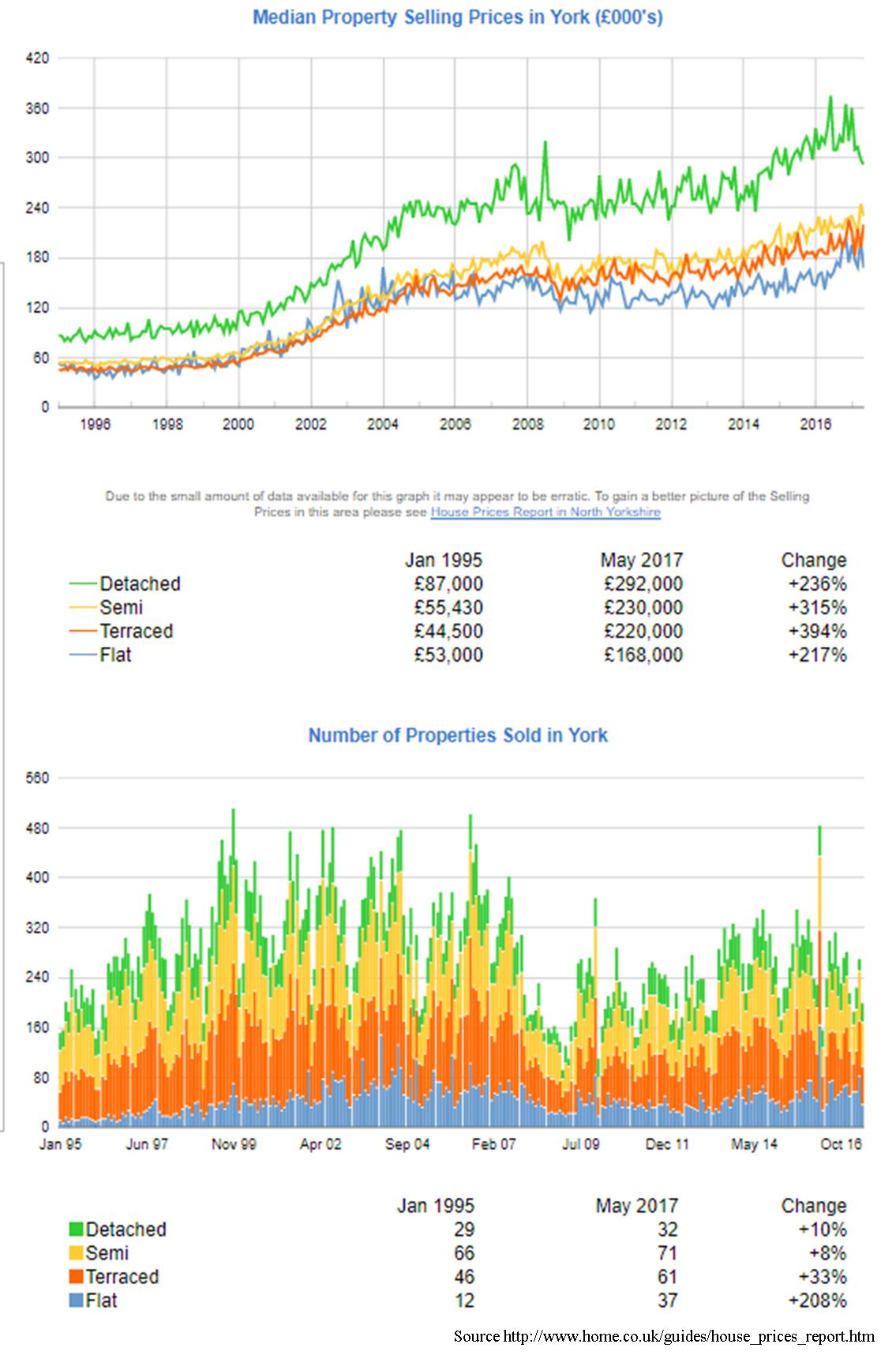
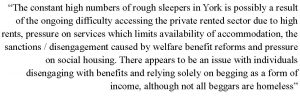
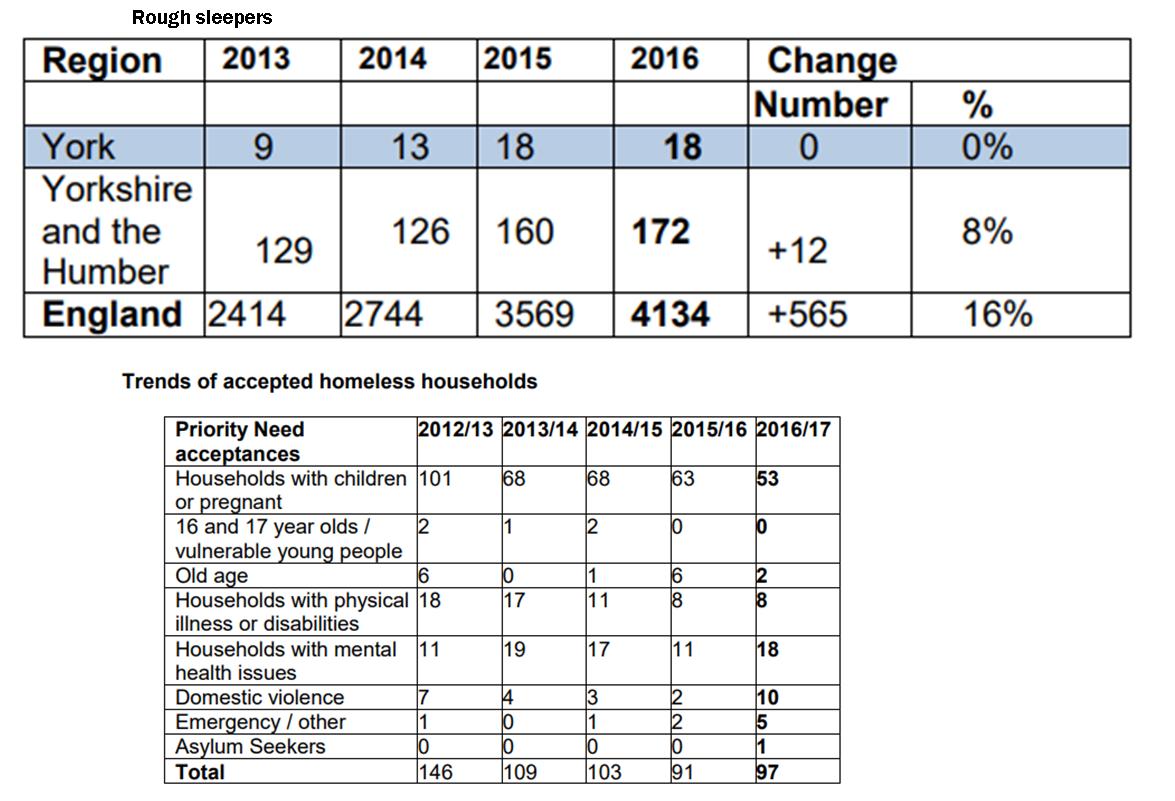
 Ahead of Universal Credit rolling out for even more residents in York from 12 July, the council says it will support residents who need digital assistance and budgeting support with Universal Credit.
Ahead of Universal Credit rolling out for even more residents in York from 12 July, the council says it will support residents who need digital assistance and budgeting support with Universal Credit. Papers published
Papers published